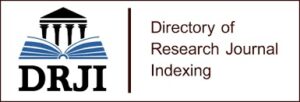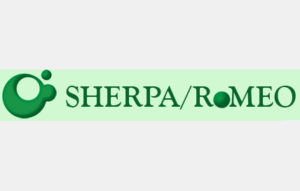Leveraging Blockchain Technology to Enhance Academic Credential Verification and Prevent Diploma Fraud in Higher Education
In light of the growing incidence of diploma fraud and the inefficiencies in conventional academic credential verification, systems need enhanced security, transparency, and efficiency. Blockchain technology’s decentralised and unchangeable design presents a viable option for tackling these issues in higher education. This research examines the influence of blockchain technology on the security, transparency, and efficiency of academic credential verification procedures in higher education institutions. It also investigates the potential advantages and obstacles related to the use of blockchain technology in this particular setting. A comprehensive mixed-methods strategy was employed, integrating qualitative and quantitative techniques for data gathering. The qualitative aspect of the study involved in-depth theme analysis of interviews conducted with important stakeholders. The quantitative aspect comprised rigorous descriptive and inferential statistical analyses, including regression analysis, which were based on survey answers obtained from a diverse range of educational institutions. The thematic analysis revealed prominent themes included improvements in security, difficulties in execution, and heightened institutional trust. Descriptive statistics analysis showed that the average ratings for perceived security improvement (M = 4.5) and confidence in blockchain (M = 4.3) were high. Perceived security increase (β = 0.62, p < 0.001) and confidence in blockchain (β = 0.53, p < 0.001) were shown to be significant predictors of the perceived efficiency of credential verification procedures after regression analysis. The model accounted for 68% of the variability in the perceived efficiency scores (R² = 0.68). The results indicate that blockchain technology has the capacity to greatly enhance the security, transparency, and efficiency of verifying academic credentials in higher education. However, it is crucial that we collectively address the obstacles to implementation and institutional preparedness. Only then can we fully realise and benefit from these advantages. This study offers significant insights for educational institutions contemplating blockchain architecture. The results may provide valuable insights for strategic decision-making, helping organisations overcome obstacles and use blockchain technology’s advantages in credential management.
Keywords: Academic Credential Verification; Blockchain; Higher Education; Security; Transparency




















